Right now it is time for the olive harvest in Croatia. We see it everywhere here on Brac, and not least at the campsite where we live. The campsite is full of olive trees and right now the owners are harvesting all day, together with the rest of the family who came here from Bosnia. At the tourist office, we also learned that the private olive oil museum may not be open right now. because the owners are in the middle of the harvest.. Everything seems to be about olives right now!
We like olives very much, but while travelling it has been difficult to know which ones to buy. Some are really good, while others are very bitter. We can probably say that we have found the best olives in Spain. We like to eat olives as a little snack before dinner, but sometimes they also slip into a casserole or end up on a sandwich. Do you like olives? What are your best serving tips and what are your best tips for finding good olives? Here are 10 facts about olives that you (maybe) didn't know.
10 things you didn't know about olives
1. Humans have been growing olives for 6000 years. There is archaeological evidence to suggest that people in the eastern Mediterranean discovered the benefits of olives a very long time ago.
2. An olive grower must be patient. It takes at least five years for the first harvest, and it can take at least 50 years for a full harvest. Thereafter, the tree will bear fruit for several decades or hundreds of years.
3. Olives are traditionally harvested with a rake. The olives are gently pulled off the branch so that neither the olives nor the trees are damaged. Today, there are also pneumatically powered "clappers" that shake the olives off the trees.
4. Olives cannot be eaten natural. Fresh olives are bitter and the flavour must be softened, which is traditionally done by soaking them in salt for weeks or months.
5. The colour depends on when the olives are harvested. Olives are green when harvested early in the season, green-brown in mid-season and almost black late in the season.
6. Some olives are chemically coloured. Some producers harvest the olives early and colour them black, usually with iron gluconate. Preserved black olives may therefore contain chemicals.
7. There are at least 900 varieties of olive trees. Some 50 of these varieties are grown, some for olives to be eaten and others for olives to be used in oil production.
8. Olive oil is extracted three times. First, a gentle cold press is used to extract the desirable virgin oil, then the (lower quality) oil is pressed out under high heat and finally the last drops are extracted for industrial use.
9. One mature olive tree can yield 6 litres of oil. An olive tree at the age of 50 can yield up to 30 kg of olives, or 6 litres of olive oil.
10. Spain is the world's largest producer of olives. Spain produces half of all olive oil in the EU and 70TP3T of all table olives in the EU. Other major producers are Italy and Greece.
Sources: Wikipedia, Zeta, Swedish Board of Agriculture
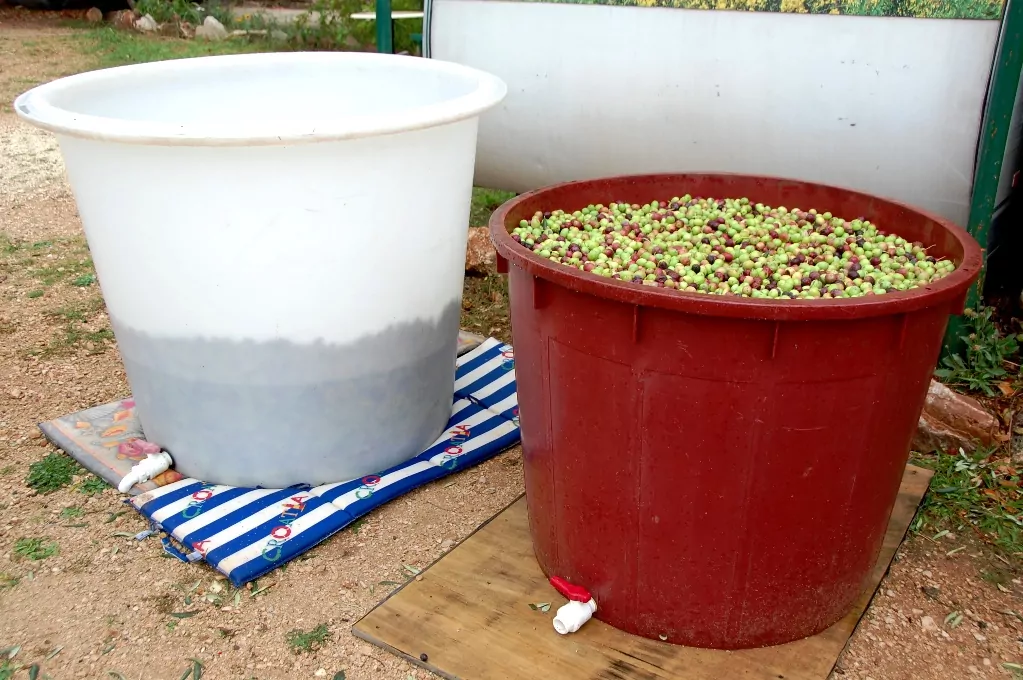
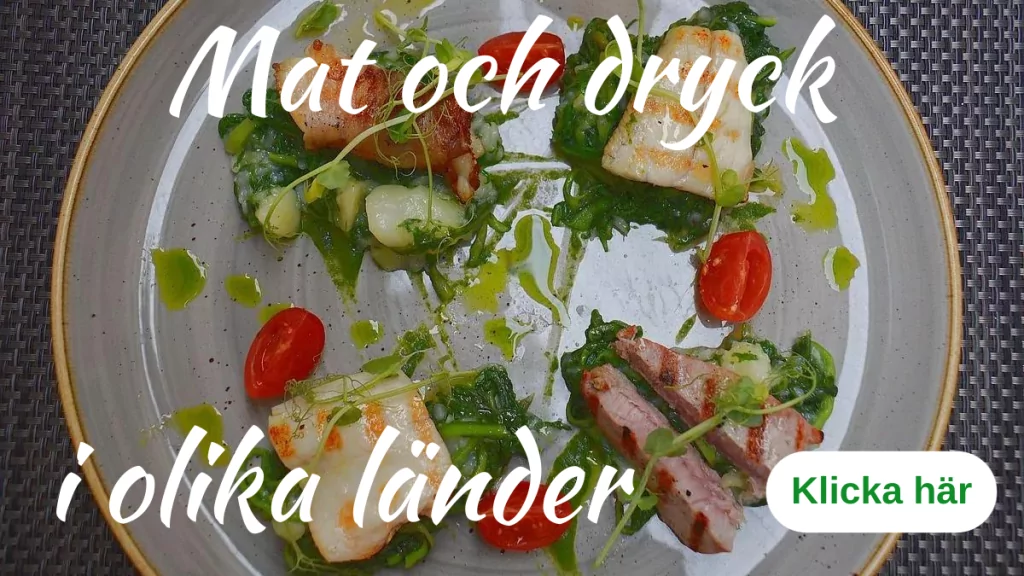

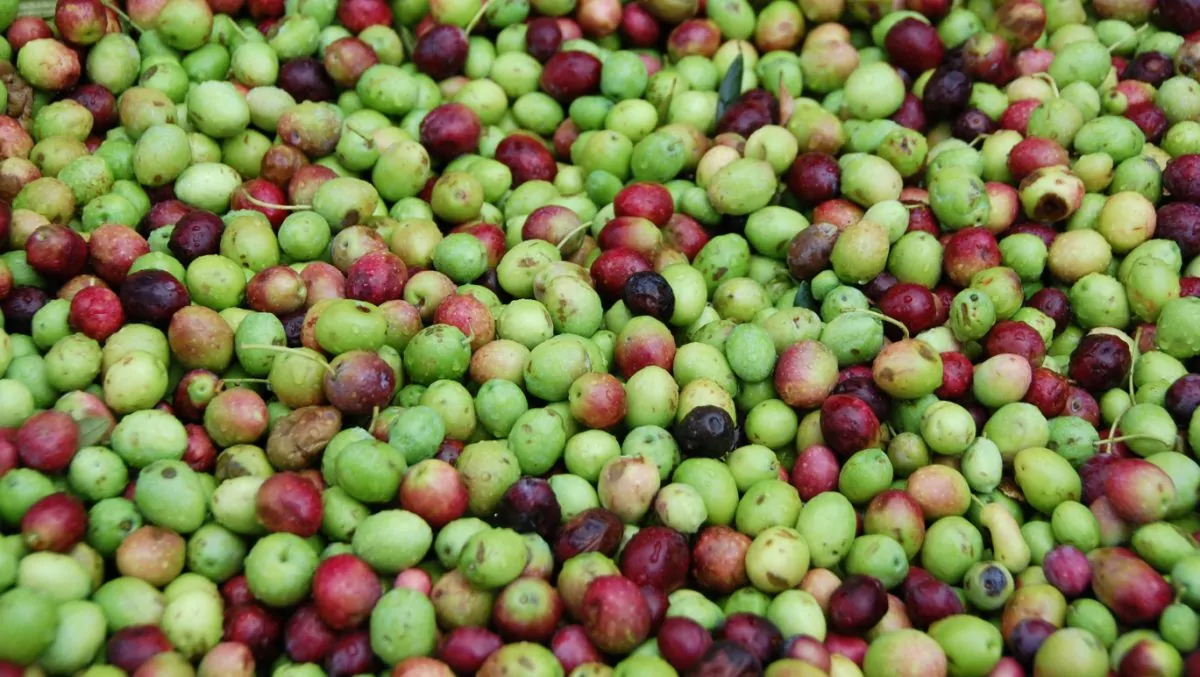









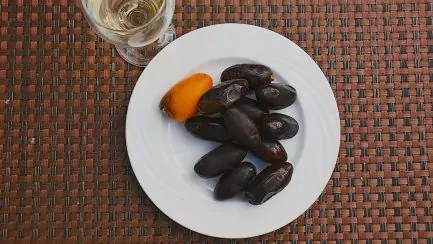
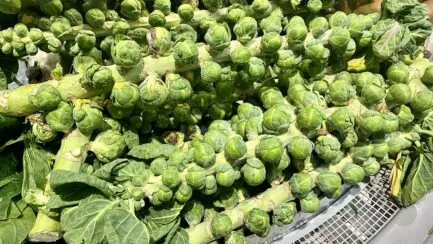

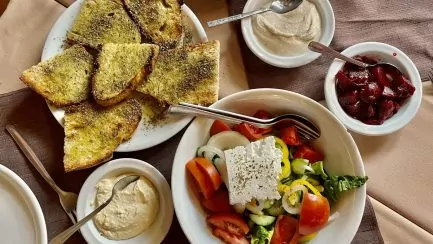

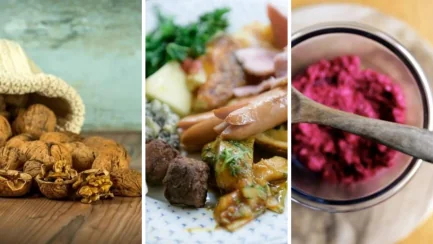



Lennart says:
Thanks for the lesson!
There was a lot I didn't know!
29 October 2015 - 17:20
JoY says:
Thank you for all this interesting reading about olives. The fact that you can't eat olives naturally, I've tried that and it was so horribly nasty and it stayed for a long time. Unfortunately so nasty that I do not want the good bread with just black olives in it. Hopefully it will pass because I really like olive bread. Then the olive trees we were involved in harvesting must be very old because they gave many kilos.
Hugs
29 October 2015 - 19:09
BP says:
I also thank you for that information. I only knew about the virgin oil and that Spain is the biggest producer.
We love pitted olives, not pitted olives that are soggy. Eat them exclusively in salads. The strangest thing is that we have hardly found any olives here in Sweden - the ones we like. So we import lots of different varieties from Spain. In that country we eat olives every day. They are often served as a snack with a beer there.
29 October 2015 - 18:13
Steve says:
Thank you for expanding our knowledge of olives. For many families in the Mediterranean region, their own olive trees are an important part of their livelihood.
There have been moments when I dreamed of becoming an olive farmer in Greece. That train has gone now, so it will have to stop at dreams.
I learnt about olive farming and olive oil from a blogging friend, Marina Loulaki, who lives in Crete and makes a heavenly olive oil. We bought our first 6 litres of olive oil from Marina in October 2011. We use 90% of her olive oil in our cooking.
Marina no longer runs her blog, but I understand she still sells her olive oil via Facebook. After the turn of the year it is time for a new order.
29 October 2015 - 18:26
Rolle o Carina says:
That was a great account of Oliver's world!
We probably like black Oliver the most 🙂
Take care and enjoy.....
29 October 2015 - 20:04
admin says:
Lennart, same for us! But it was interesting to read on! 🙂
BP, interesting that you import from Spain! We usually buy in Sweden, but we can agree that it is difficult to find good olives - and it is also expensive 😉 .
Steve, you seem to have such amazing food in your home! All the vegetables you grow yourself and then this olive oil you import! Lovely!
JoY, oh no, sad to get a taste for it like that! But I understand that they are good when you pick them from the trees!!!!
Frankie & Co, oh you always have a recipe in your back pocket! I will look at it when I finish writing here! 🙂
Rolle and Carina, as long as you find what you like! We like both, but in slightly different contexts/dishes.
29 October 2015 - 20:30
Anonymous says:
hello
I "grow" olives myself (Stockholm area) have a tree, and this year will have about 150 olives.
Put them in and they turn out pretty good.
Erik
12 August 2020 - 12:26
Frankie & Co says:
Olives are so good!
Makes me think of Hasse Alfredsson's own olive soup I saw him demonstrating some time on TV - a treat?
29 October 2015 - 19:49
Krisztina says:
Mmmm good with olives, when I was pregnant I could sit with a jar and eat directly from the jar, was often hungry for olives then. I also think it is good to dip bread in olive oil and eat tomatoes and mozzarella with it.
29 October 2015 - 22:47
Discovering The Planet says:
Been drinking a lot of olive oil during my blog trip in Italy :). And who knew that there is actually a difference between olive oil and olive oil. Love really big olives, all colours. But it took a few years [like 13] before Göran learnt to love them as much as me :D.
My favourite is probably freshly baked bread, sun-ripened tomatoes, onions and olives. Hard to beat.
29 October 2015 - 23:22
solan says:
Dry Martini without olives the green ones, ajaj! I have harvested olives a long time ago in Crete, what hard work, they were combed down from the branches, to end up on a carpet below the tree. The olives then! Can understand that it costs to buy them. Probably a low hourly rate for the olive farmers.
29 October 2015 - 23:40
Ditte says:
Great to know more about olives. A good and instructive lesson. Thank you! Yes, here in Spain the olives are really good and they are now being harvested here too. There are plenty of olive trees planted throughout the town here and I see people every day picking a few branches.
We eat a lot of olives and I like to buy them in the market or at the market. There are many varieties and the only ones I don't like are the ones stuffed with anchovies. There are many olives here...
I don't have a good recipe but we eat them as a snack with manchego cheese, crackers and serrano ham.
We like to try different olives and have found our favourites. Sometimes we put some in salads and casseroles, but I think they are best as they are without cooking.
29 October 2015 - 23:50
Lars Permelin says:
I also like olives but didn't know much about the history of olives. Have seen when they harvested olives on one occasion in Spain.
30 October 2015 - 0:00
Casa Annika says:
So interesting about olives!
Unfortunately, I hate olives. I have every opportunity to eat the fine Spanish olives. I've tried to learn to like them, that would make it easier, but it's gone. I hate them 🙂 .
30 October 2015 - 1:04
admin says:
Krisztina, a little olive oil on bread can be good, I agree! Sounds good with tomatoes and mozzarella.
Discovering the planet, I understand that there's a difference between olive oil and olive oil, but it feels like you really have to try it to experience it....
Solan, but absolutely true, there must be an olive in dry Martinin!!! Here at the campsite they harvest as you describe, but here it is the whole family that helps.
Ditte, I think I can agree. Really good olives are probably best as they are! I don't think I've ever tasted those anchovy-filled ones, but that hasn't really appealed to me either....
Lars Permelin, they seem to be harvested in many places at this time of year.
Casa Annika, I'm sorry you don't like them. But you can't force yourself. Fortunately, you have many other good things to choose from in Spain! 🙂
30 October 2015 - 7:40
Ann-Sofie says:
Can add one more "knowledge", the olive trees are biennial trees, i.e. big harvest in year 1, rest in year 2.
Like you, we have travelled through most of Europe and so far the olive oil from eastern Crete is by far the best tasting. Also bought from the western side and there is a big difference in flavour.
Almost so you should take the ferry from Athens just to go around and taste olive oil. 🙂
30 October 2015 - 8:54
Ama de casa says:
Olives are just soooo good! We eat them a lot as they are as "small picks" or in salads, stews and so on.
But I have a variation (long time since I made it, it's probably time again!) that even someone who doesn't like olives found tasty. Butter dough baked:
https://amacasa.wordpress.com/2012/06/30/rulla-rulla/
I have studied olive harvests here and there, and the first time I saw them "cheating" with a tractor with a special primer applied, I was very surprised:
metrobloggen.se/amadecasa/skordetider1/
Smart, actually 🙂
30 October 2015 - 10:23
Veiken says:
We have a good friend who has a house in North Cyprus and she has got a number of olive trees, just standing there. She was horrified when she realised how much work it is to get the olives ready to eat. She buys the olives she wants to eat! 😉
30 October 2015 - 14:59
admin says:
Anne-Sofie, interesting! There is a lot to learn about olives obviously. It sounds like there are good olives in Greece, but it feels a bit far to go (and in the wrong direction) 😉.
Ama de casa, puff pastry baked olives sounds delicious and different! Will check out the recipe! That harvesting method seems effective... but I read that shaking the trees shakes the roots, which is not good.
Veiken, haha, fun to read! But she can pick and sell the olives (to someone who presses them). It seems at our campsite that they think they get paid well!
30 October 2015 - 15:14
znogge says:
Olives are not my thing and even in Kalamata I didn't like them. But someone has to be the bitch against the current even if olives are in vogue 😉.
30 October 2015 - 17:12
anita wag agrimanaki says:
It's not quite time for harvest yet. But soon. Most people probably start a bit in November and then they continue until January sometime. I have been involved in harvesting. Both by hitting the twigs with a stick as in the old days but also with the more modern variant with a "whisk". Then they are gathered together. The biggest twigs are removed and then they are put in a "sieve" to clean them and they are packed in sacks. The fingers become black and oily. It's impossible to have nice nails if you do that. The clothes you've been wearing get ruined too, of course. Plus you can get twigs in your eyes or even olives flying from the trees when you "whisk" them down. So it is dangerous to pick olives. But olives are good and the oil is even better.
30 October 2015 - 20:49
Marina says:
Thank you so much for the info - a lot of good stuff(!) there. It is always exciting to learn something new!
31 October 2015 - 10:28
Marianne - Glimt av verden says:
A few years ago, I was with different Palestinian farmers harvesting olives, and every single olive had to be picked by hand. It was an experience that was more exciting than it may sound! I've definitely picked many more olives than I've eaten, because I'm actually not that fond of the olive flavour.
11 November 2015 - 20:03
Anne-Chatrine Berg says:
Thank you so much knowledge. We are travelling through Andalusia right now. Olive trees on both sides. Now we got answers to all questions.
29 March 2019 - 10:52
Piotr Szybek says:
Which growers/producers harvest olives manually ("rake") and which use machines that "vacuum" olives. The point is that millions of small birds are sucked in and die. Xfs
23 May 2019 - 18:39
Marie-Anne Stoltz says:
I can harvest my own black olives on my 3 olive trees in Skåne. I just lack a GOOD recipe. Where can I find it?
I tried last year with a recipe from the internet where the olives were supposed to lie in the layer for 5 weeks but when I took them out for further treatment they were mouldy on top.
Love kalamata olives so would like them as similar as possible. Not so much oily as the Spanish ones.
thank you for your help
Regards Marie-Anne
23 April 2020 - 18:44